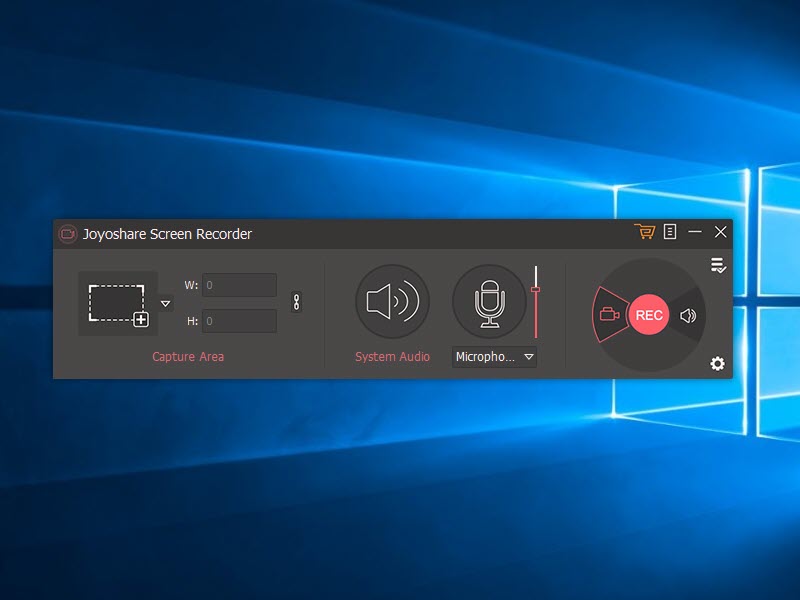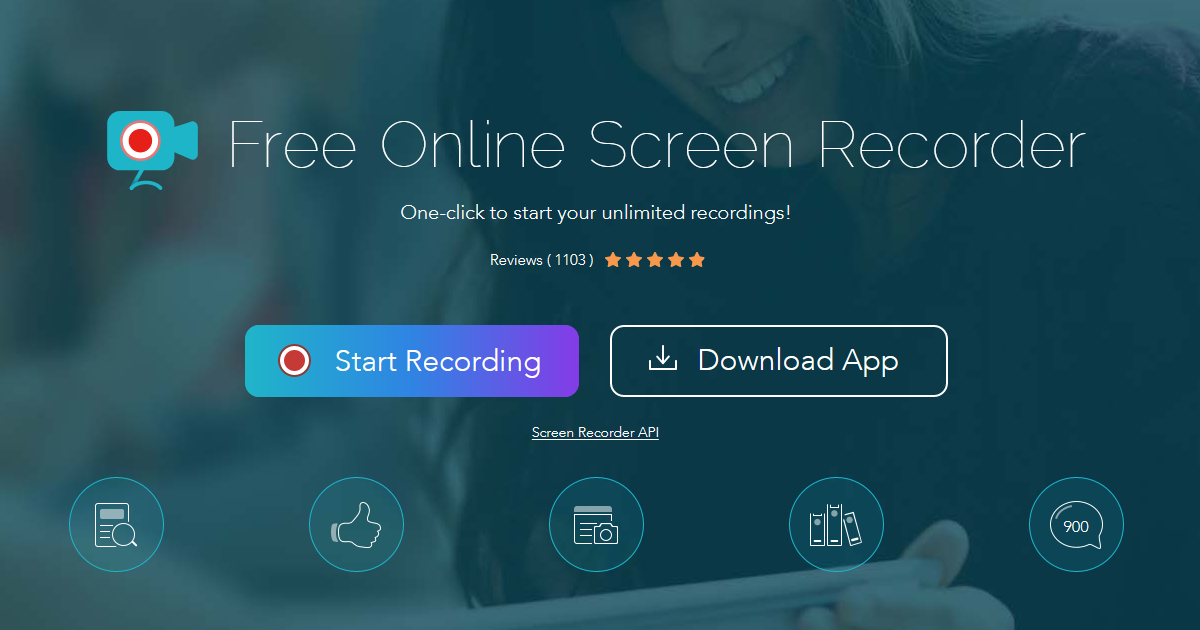
This will likely occur during a synchronous video conference meeting, but can be done asynchronously. Your instructional technologist will help with the setup of your recording equipment and environment. The script will be given a copy edit so that it is clean and readable when used as the basis for captions. Practice and polish both your words and your actions before submitting the script to the development team for review.

It’s best to practice reading the script out loud a few times-phrases that seem perfectly fine on the page may be clunky or hard to get through when spoken aloud. Using a provided script template, you’ll write out what you want to say in the video and match your words with visual elements like graphics or photos, stage directions for yourself, or even physical objects you may want to show. Once that’s been decided, you can begin planning and preparing to record. Working with your development team, you’ll decide which content is best conveyed through video.

If you need guides about specific technology, consult the Record Myself section of the Northwestern Digital Learning Resource Hub, visit the support website for your particular technology product, or contact your instructional technologist for assistance. By the end of this guide, you should have enough knowledge of the basics of digital camera and microphone technology to make a recording to share with your design team for feedback.ĭue to the variety of technology and scenarios that can be involved in recording a video of yourself on camera, this guide won’t specify any details about cameras or software. The steps in the guide can be used independently, but if it’s your first time recording a video it’s best to work with your team along the way.

This guide is designed to help you record a video of yourself using a webcam.


 0 kommentar(er)
0 kommentar(er)
